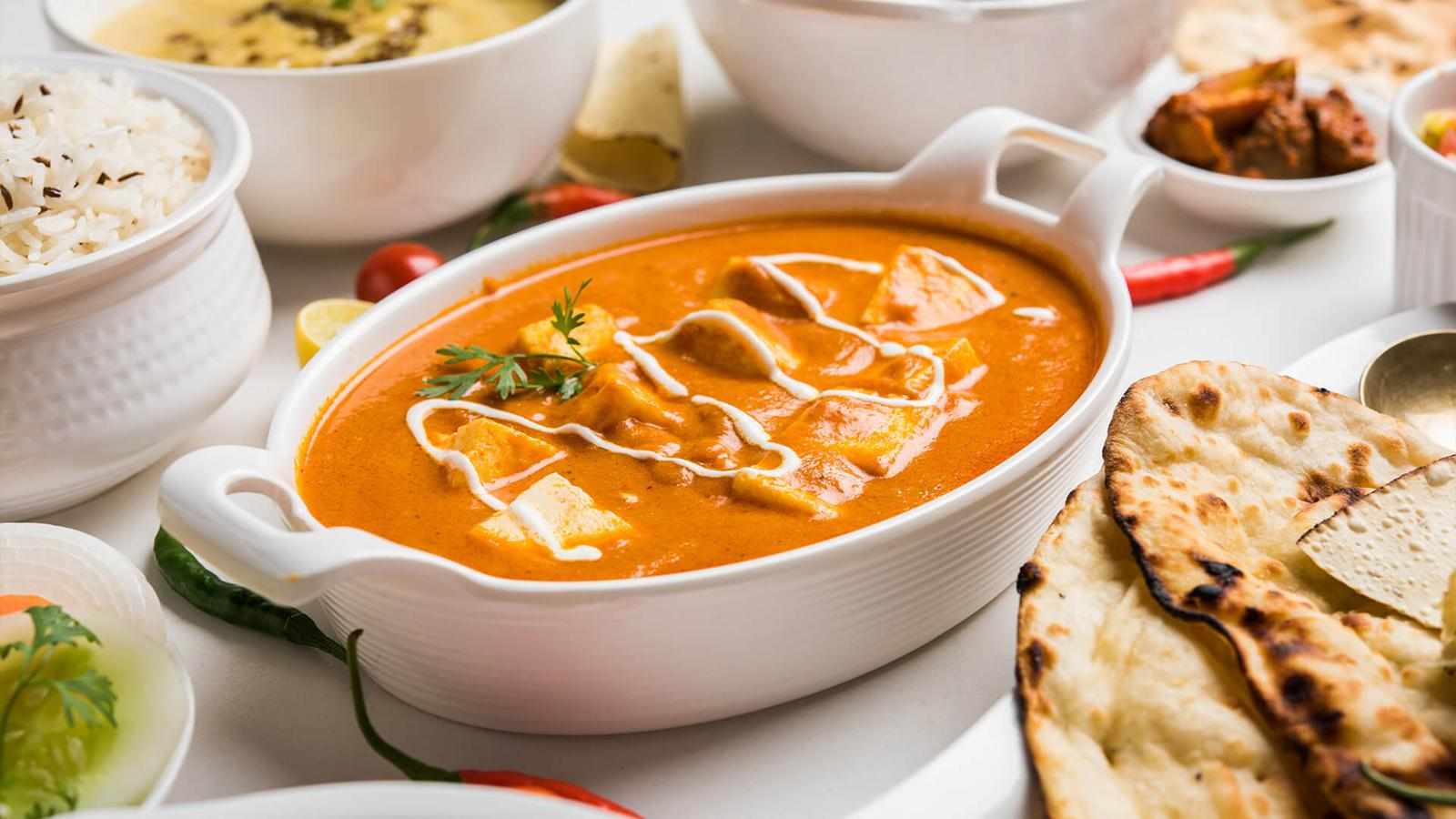
When it comes to dining, the visual appeal of food is as important as its taste. The colors, arrangement, and presentation of a dish can influence appetite, perception of flavor, and overall satisfaction. In Indian cuisine, with its rich palette of spices, herbs, and ingredients, plating and color choices play a particularly significant role. At an Indian restaurant in Jersey City, chefs carefully design each plate to create a multisensory experience that goes beyond taste.
Why Visual Appeal Matters
Humans are highly visual creatures. Studies show that the way food is presented can alter perception of flavor, enhance appetite, and even affect portion satisfaction. In Indian restaurants, plating is used strategically to highlight the vibrant colors of the cuisine—bright turmeric yellows, deep red chili tones, green herbs, and creamy whites of yogurt-based sauces. Each color has a psychological effect, triggering emotions such as excitement, comfort, or warmth even before the first bite.
Colors and Their Emotional Impact
Colors are not chosen randomly in Indian cuisine. They have a deep connection to the ingredients, nutritional perception, and emotional response. For instance:
Yellow (Turmeric, Saffron): Evokes warmth, energy, and positivity.
Red (Tomatoes, Chilies, Paprika): Stimulates appetite and excitement.
Green (Cilantro, Spinach, Mint): Suggests freshness, health, and balance.
White (Yogurt, Paneer, Coconut): Conveys purity, creaminess, and mildness.
At an Indian restaurant in Jersey City, these colors are combined thoughtfully to create dishes that are visually appealing, balanced, and psychologically satisfying.
The Role of Arrangement
Beyond color, the arrangement of food on the plate affects perception. Indian chefs often use contrast, layering, and symmetry to enhance the visual experience:
Layering textures: Crispy papad, creamy curries, and soft rice create depth.
Balanced portions: Proper spacing makes the plate look abundant yet organized.
Symmetry and patterns: Arranging elements symmetrically or in radial patterns is visually pleasing and culturally significant, reflecting traditional thali layouts.
Such careful plating not only enhances the aesthetic appeal but also makes the meal feel more luxurious and thoughtfully prepared.
Cultural Significance of Color in Indian Cuisine
In Indian culture, colors have symbolic meanings. Festivals, rituals, and traditional celebrations often incorporate color symbolism, which carries into culinary practices. A dish with bright colors is not just appetizing—it is a reflection of cultural storytelling. For example, saffron in desserts or red chili in curries may signify celebration, vitality, or auspiciousness.
Restaurants aiming to provide authentic experiences, like an Indian restaurant in Jersey City, integrate these cultural meanings into their plating. Diners experience not just a meal but a narrative of heritage and tradition through color and presentation.
Psychological Effects of Plating Styles
The way a dish is plated can affect not only appetite but also satisfaction and perceived value. Research shows that well-presented dishes can:
Make food appear more flavorful and higher in quality
Encourage slower eating, enhancing digestion and satisfaction
Increase the likelihood of social sharing, especially in the age of food photography
Influence portion perception, making diners feel satisfied with smaller servings
Indian chefs use plating to highlight these effects, ensuring that every dish delights both visually and gastronomically.

Modern Approaches to Indian Plating
While traditional thalis emphasize communal sharing and layered platters, contemporary Indian restaurants in Jersey City are experimenting with modern plating:
Minimalist plating with bold color contrasts to highlight a signature curry or dessert
Vertical stacking of ingredients to create a sense of height and elegance
Use of garnishes like microgreens, edible flowers, or drizzles of colorful sauces to enhance visual appeal
This fusion of tradition and modern aesthetics demonstrates the evolving psychology of food presentation in Indian dining.
Conclusion: Taste Meets Visual Delight
The psychology of food plating and color choices is central to the dining experience at an Indian restaurant in Jersey City. Vibrant colors, thoughtful arrangement, and cultural symbolism elevate a meal from simple sustenance to a multisensory experience. By understanding the impact of visual appeal, diners enjoy not only the flavors of Indian cuisine but also the joy, comfort, and excitement that come from seeing a beautifully presented plate.
Next time you visit an Indian restaurant such as Mithaas Restaurant, take a moment to observe the colors, textures, and arrangement of your dish. You’ll discover that every detail is crafted to delight your senses and connect you to India’s rich culinary heritage.

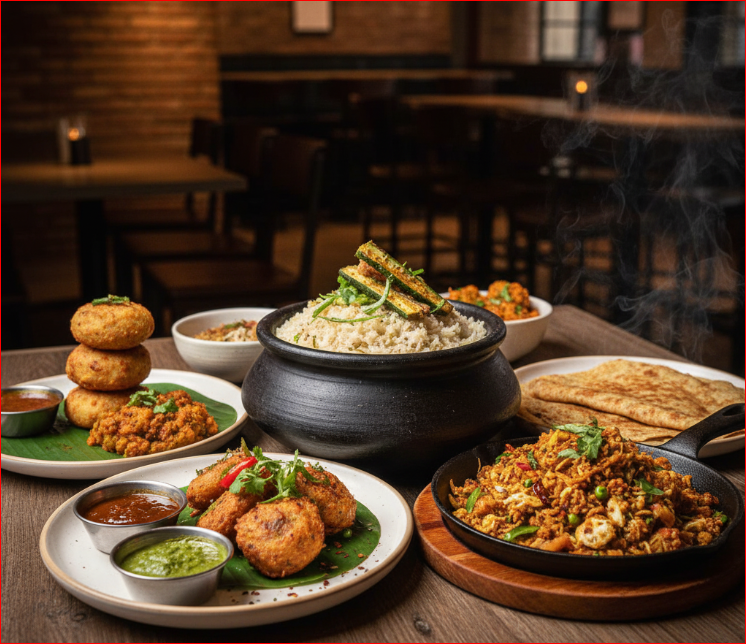
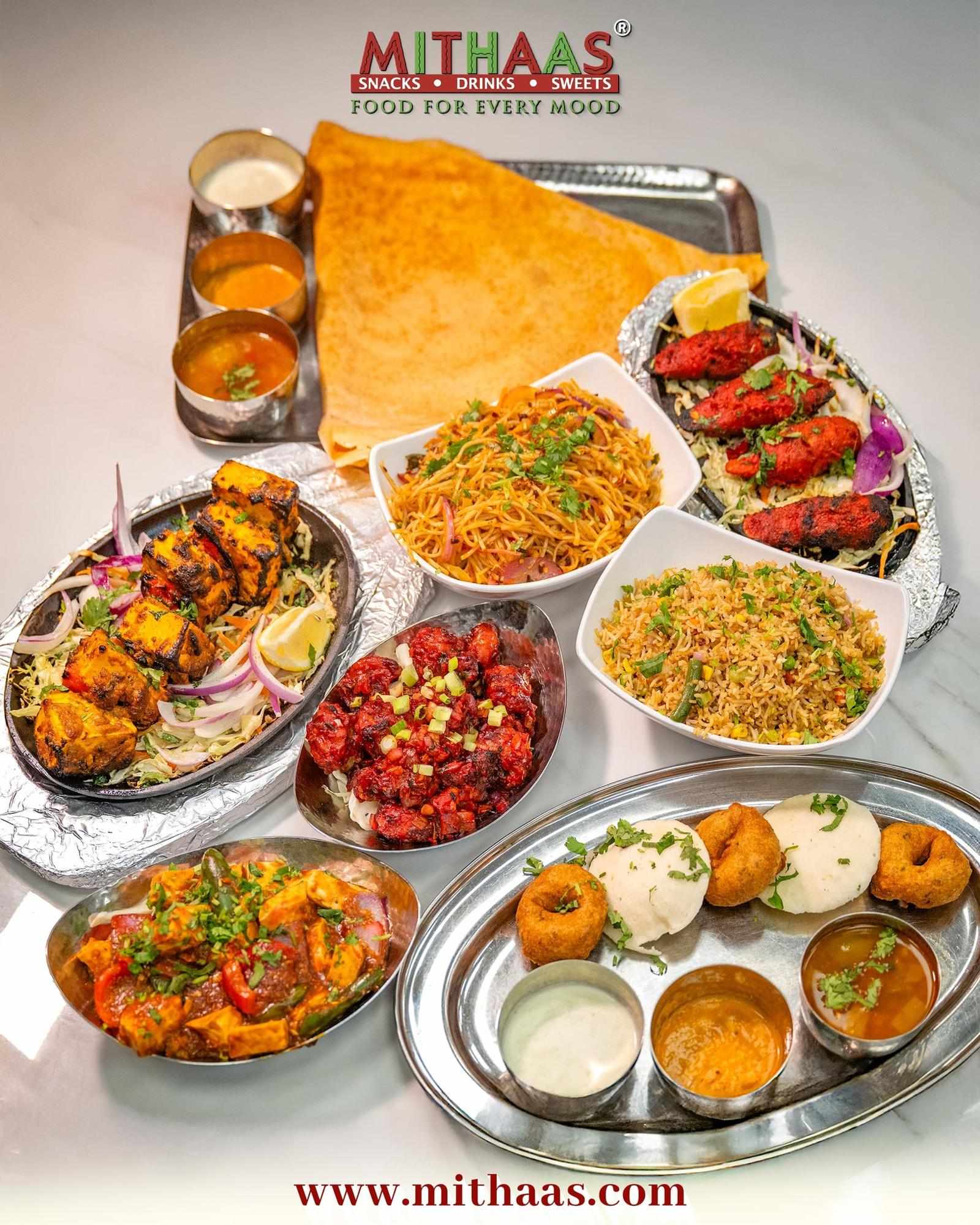

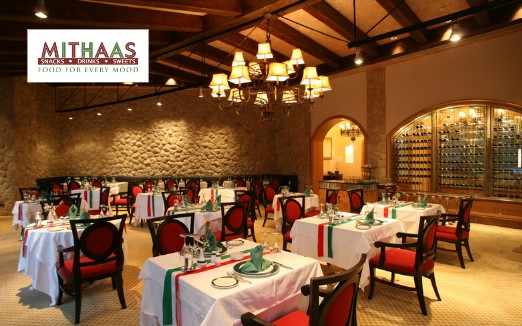
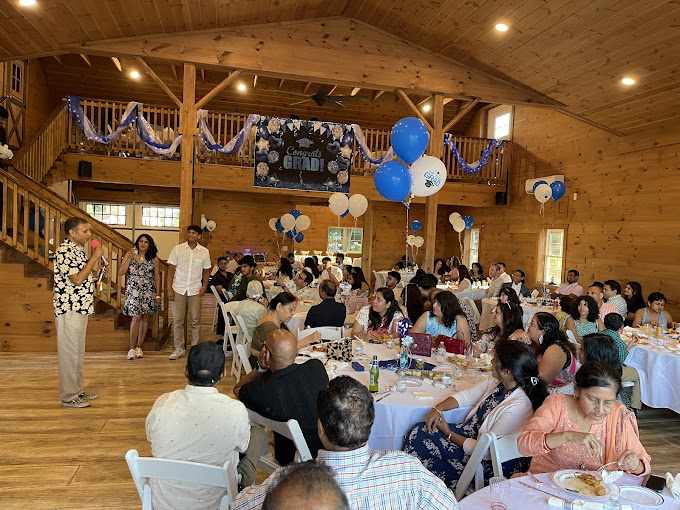

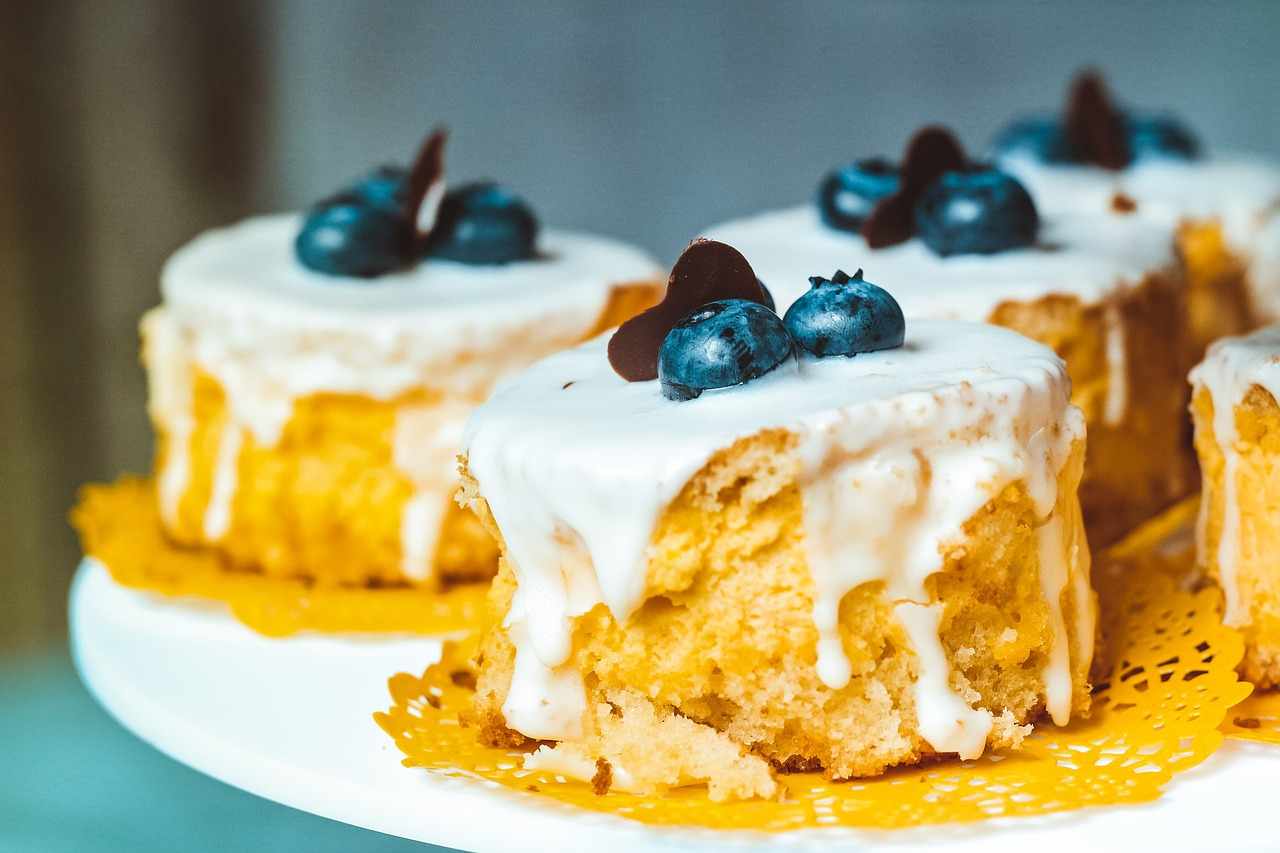
Write a comment ...